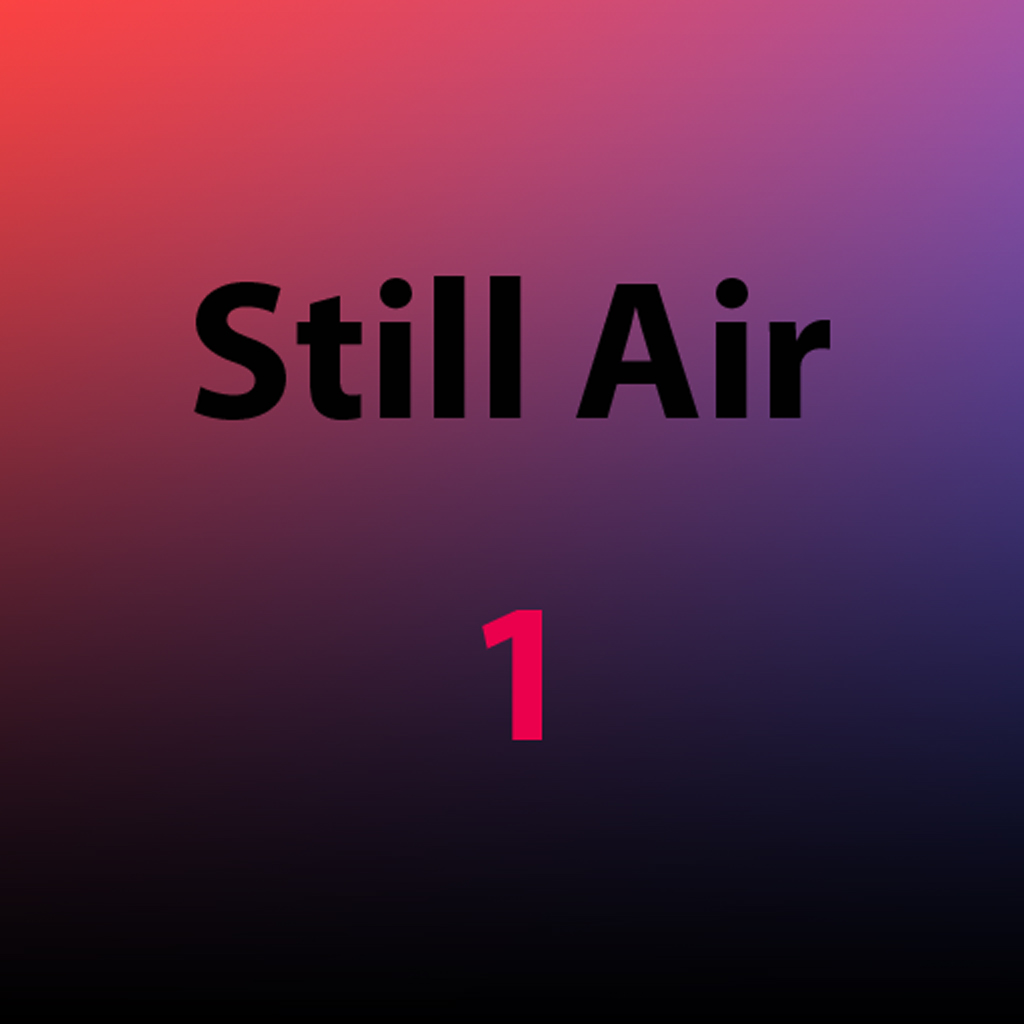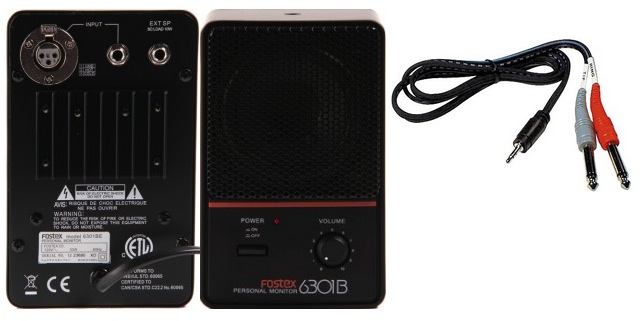Still Air 1
vidéo de la création avec Rane Moore
entregistrement de studio avec Rane Moore
électronique
This composition uses an iPhone or iPod touch to play back the electronics. The iPod is fixed on a microphone stand, to positioned above the instruments bell from the right side. The musician should be able to see the interface, while trying to put the device microphone as close to the bell as possible.
The built-in microphone is used to track the players intensity and to change parameters in the playback of the electronics.
The mini jack output of the device connects to two small, high quality loudspeakers, placed on the floor behind the musician and directed in a such a way that the best fusion between the un-amplified bass clarient and the electronic sounds is achieved. It should not give the impression that the electronics come out of the speakers.
There is no need for microphones nor additional loudspeakers in the concert hall.
The clarinetist controls the electronics without the need of a technician or assistant.
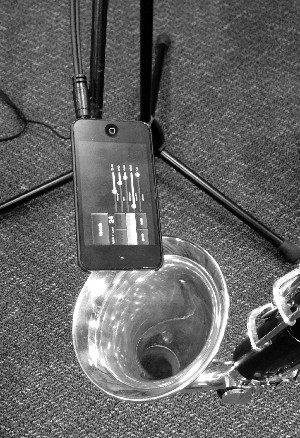
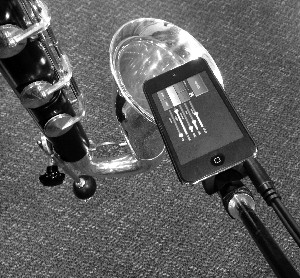
These Fostex 6301B Monitors have been proven to be a good solution. The mini-jack output of the iPhone is connected to the Fostex monitors with a cable TRS 1/8 inch – TRS 1/4 inch.
the iPhone Interface
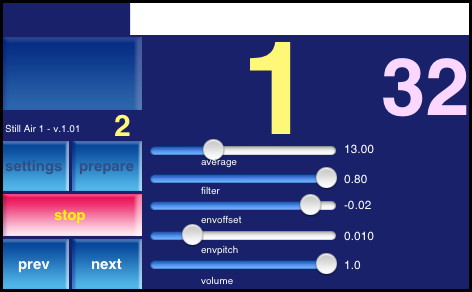
The main interface page contains:
- the upper white progress bar, which scrolls from left to right to indicate the proportional position within an event
- a countdown number on the right, which corresponds to the total duration in seconds of a given event
- a large yellow number displaying the current event humber
- a TOUCH button on the upper left to start the piece, or to start particular events during rehearsals
- on the lower left are two buttons to jump to adjacent events
- the small yellow number above the prepare button indicates the next prepared event
- pressing the PREPARE button opens a list to jump to a particular event
Pressing the settings button, brings up the settings dialogue.
The loudspeaker test should be performed to check that the cabling of the speakers is performed correctly and that both speakers are working.
Switching the tuning sound on, gives the possibility to tune the iPod to the instruments pitch.
update events from the internet: see paragraph at the end of the technical description.
Once the settings have been made, press the done button, which switches back to the main screen. The tuning pitch is stored and automatically recalled at the next application start.
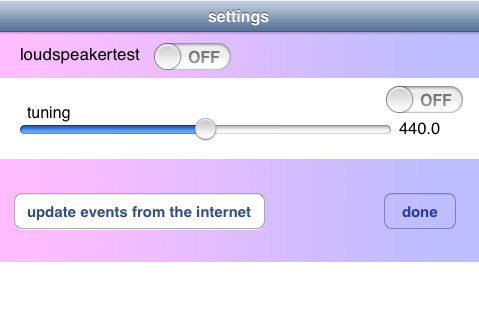
update events from the internet
The electronic score is stored as a database on the device independent of the sound files. Each event is marked in the musical score with a number. Each event contains the information as to which sound file to play, volume, durations etc. If an update (corrections) to this electronic score becomes necessary, I shall upload a new database. This provides a possibility for small corrections, whithout downloading the entire application and sounds anew.
The button “update events from the internet” can be used to download the updated version. The location of this updated file is known to the application, thus no further information is necessary. Just press the button and wait for the confirmation message.
For the update to work you need obviously a connection to the internet – through the phone provider or WIFI. After the update process you press done to return to the main screen.
rehearsals and concert
The only interaction with the device for the performance is at the beginning of the piece. The musician presses the touch button and observes the 6 seconds of countdown.
At the beginning of bar 2 the musician starts to play, together with the electronics.
The white progress bar is always advancing from left to right to indicate the proportional position within an event.
Once it reaches the far right of the screen, the next event is automatically started.
The stop button can be used during rehearsals to stop the electronics. Navigating to adjacent events can be performed with the help of the previous and next buttons. The small number avove the prepare button indicates the prepared event. The big number in the center of the screen indicates the current event.

To navigate to events, one can also use the prepare button. It brings up a scroll menu with all events. Choosing one, switches back to the main screen.
To activate the event, press the touch button.
A four seconds precounter provides the time to get ready to play.
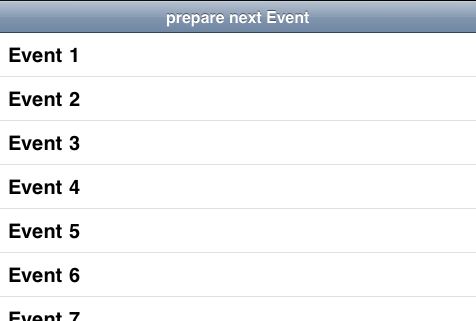
technical requirements
• iPhone or iPod touch device (possible models iPhone 3GS, iPhone 4, iPhone 5, iPod touch with built-in microphone)
• two small, high quality active monitors
• one cable to connect the output of the iPhone to the monitors
• electricity for the powered monitors
alternative loudspeakers
Instead of the Fostex speakers, other small high quality nearfield monitors can be used.
Using small computer or gaming speakers is not recommended as they are unable to reproduce the required sound quality.
Genelec 1029A
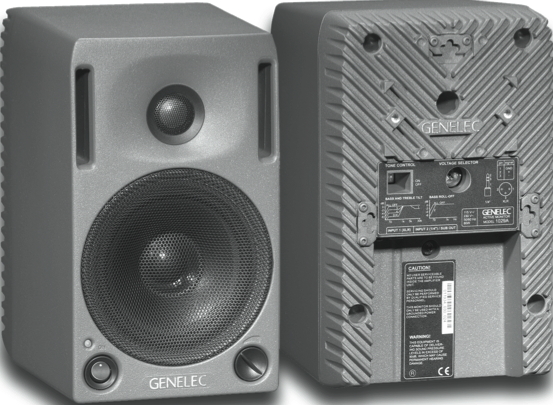
partition
downloads
